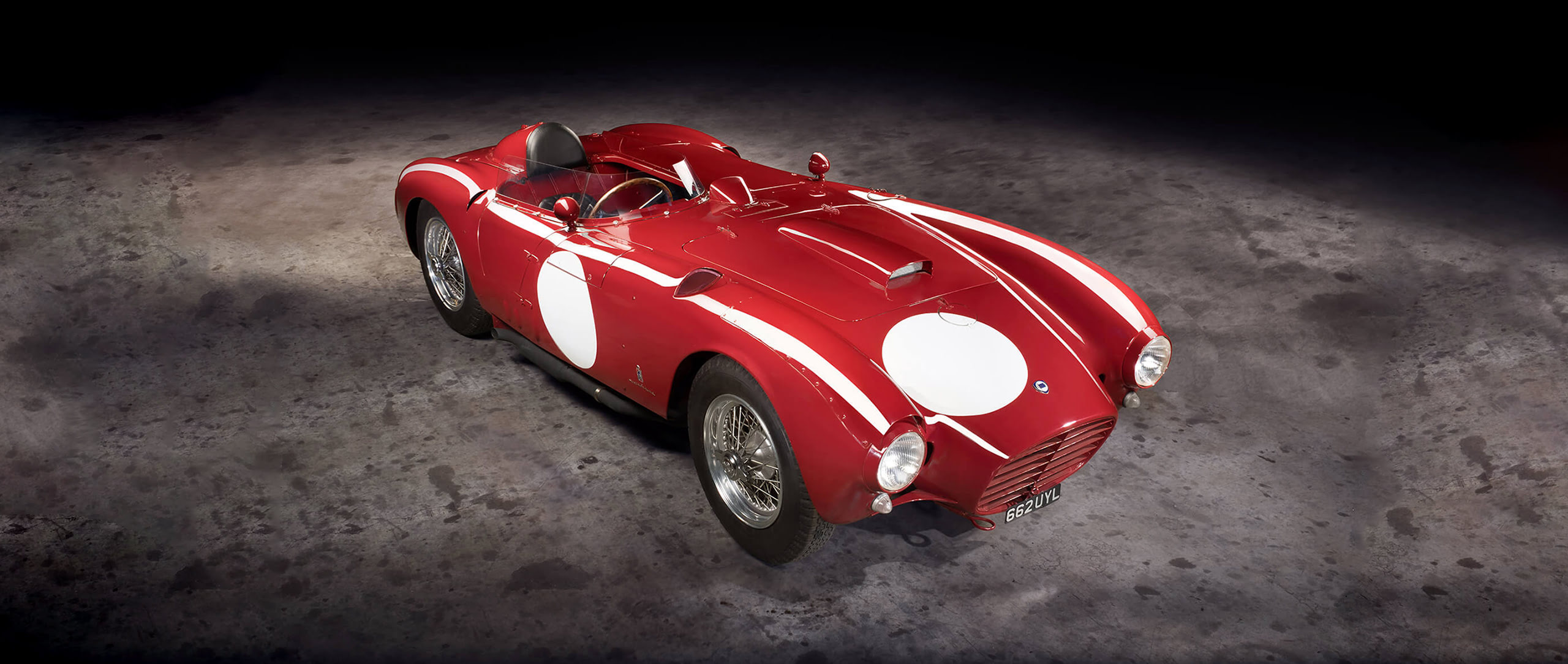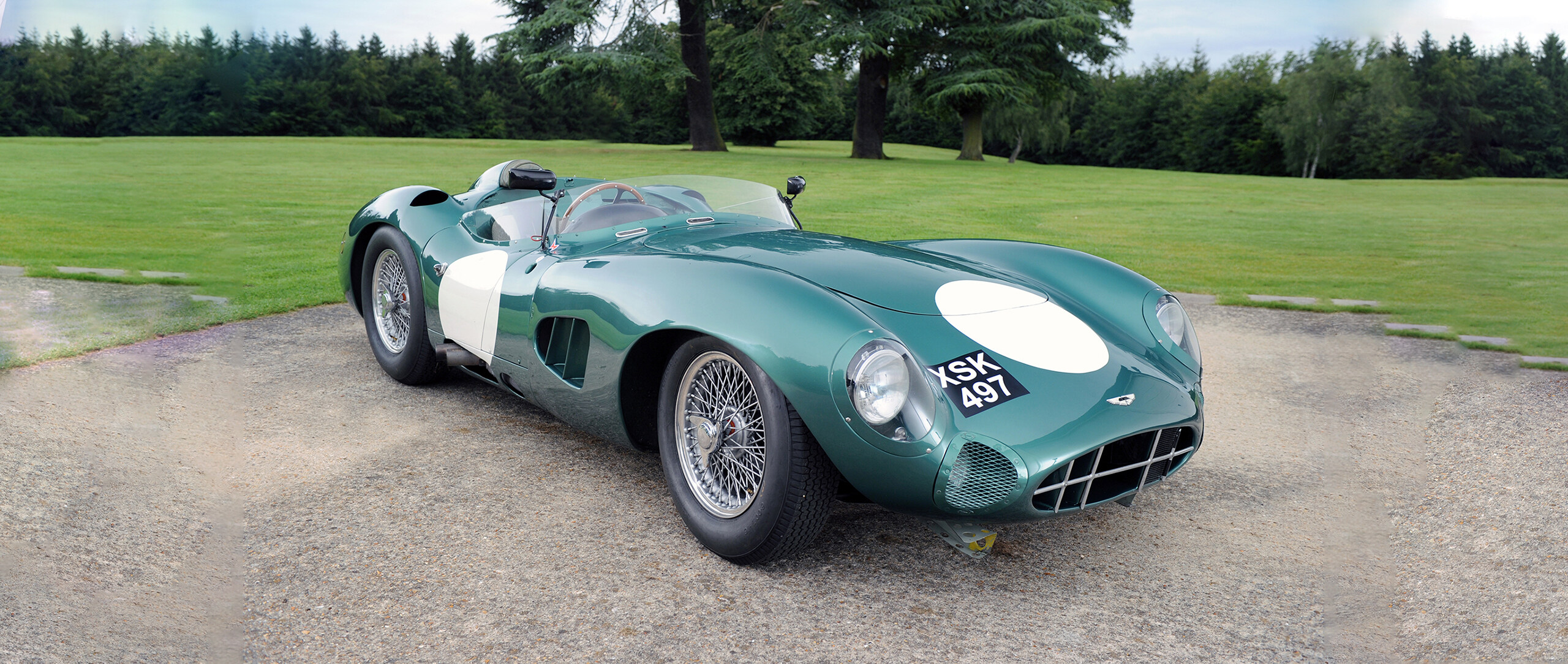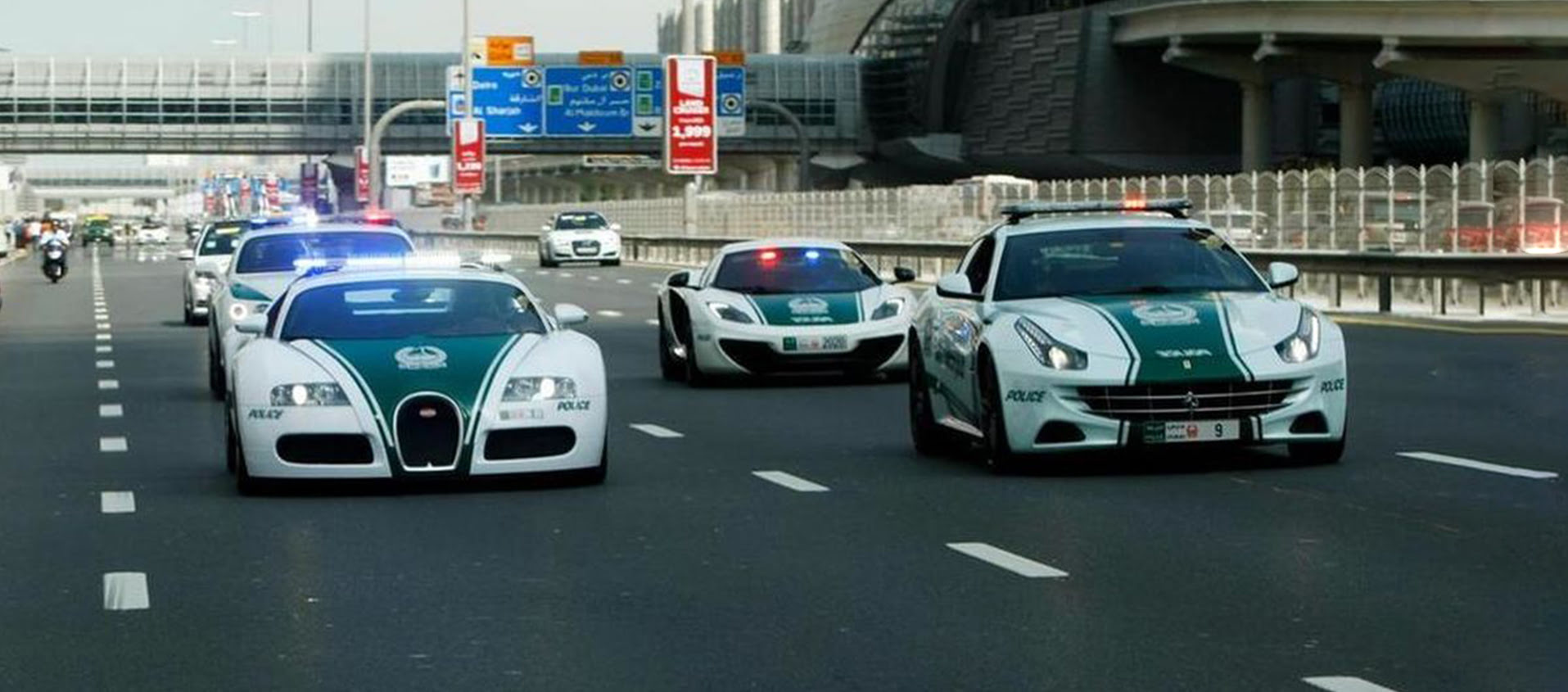The space of a morning
07 November 2020 1 min read 6 images

It’s 1953, that moment in history when the ‘Barchetta’ open top sports cars competed in everything, including beauty. When the news came out that Gianni Lancia, the young CEO of the most aristocratic Italian car manufacturer (Lancia was famous for the refined elegance of its cars) had decided to take on Ferrari, Maserati, Jaguar and Aston Martin, everyone wondered what his car would look like, in addition to the performance, of course.
Register to unlock this article
Signing up is free and gives you access to hundreds of articles and additional benefits. See what’s included in your free membership. See what's included in your free membership.
Already have an account? Log In



